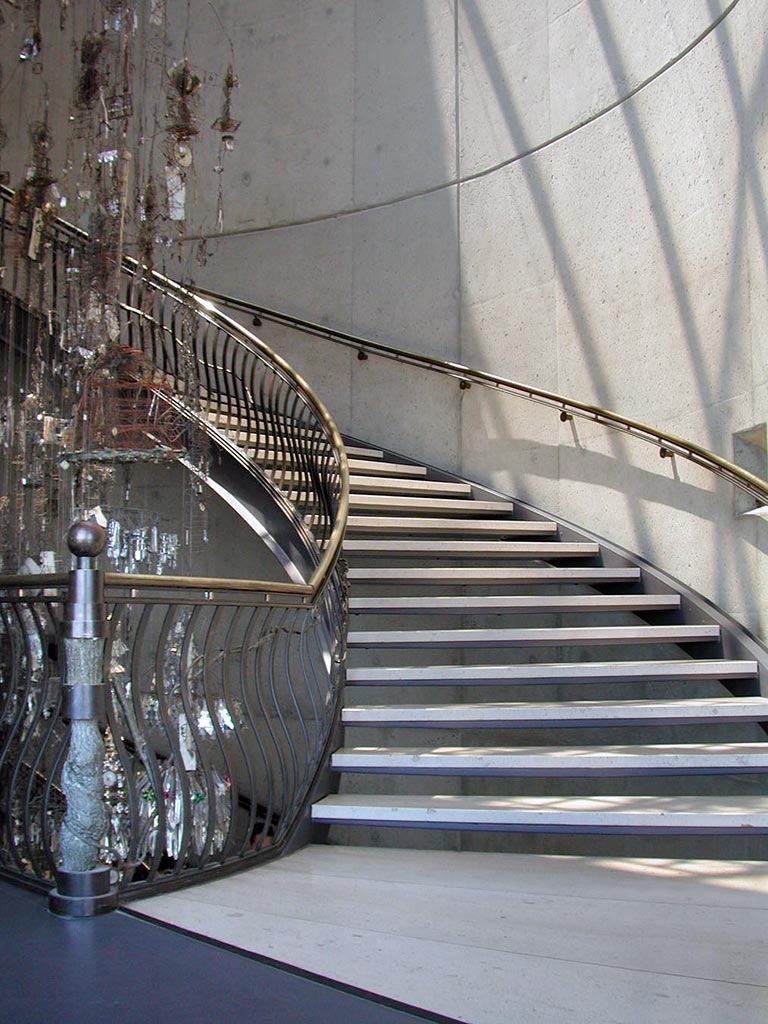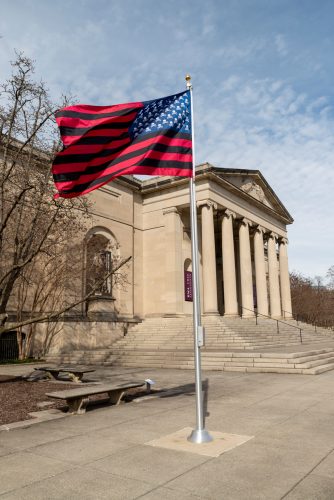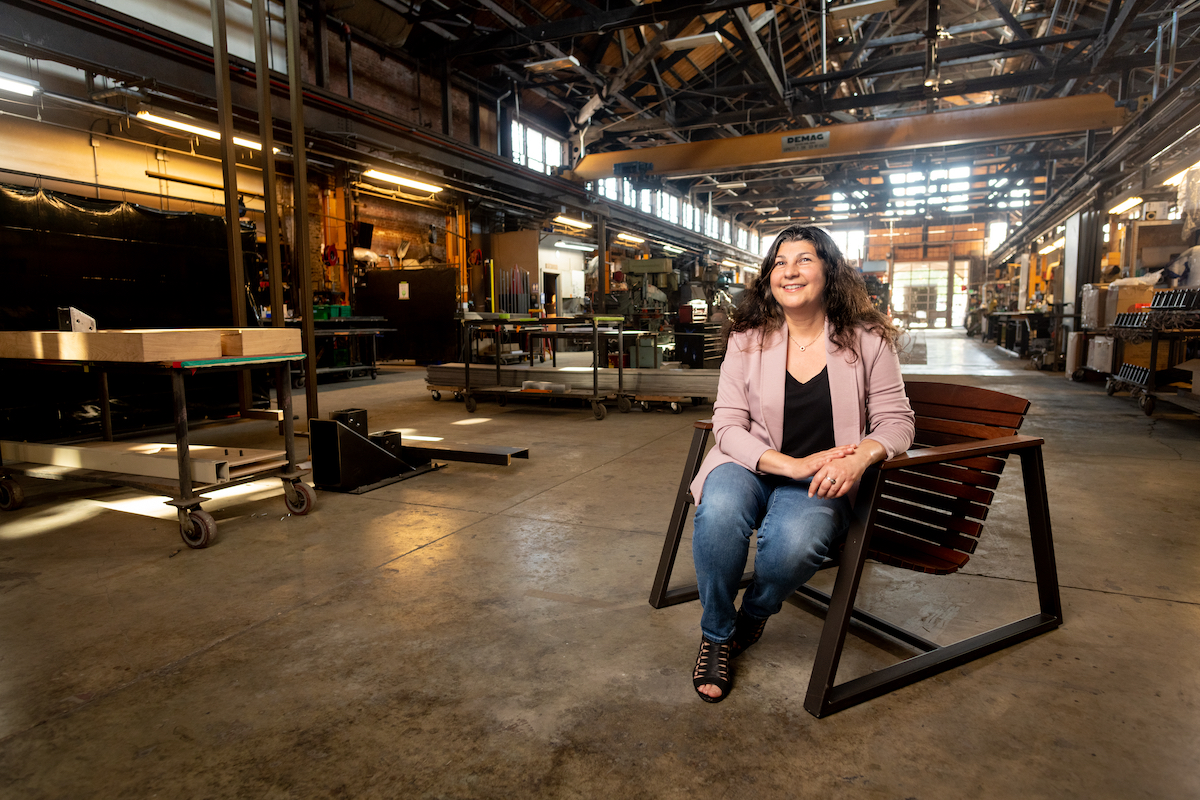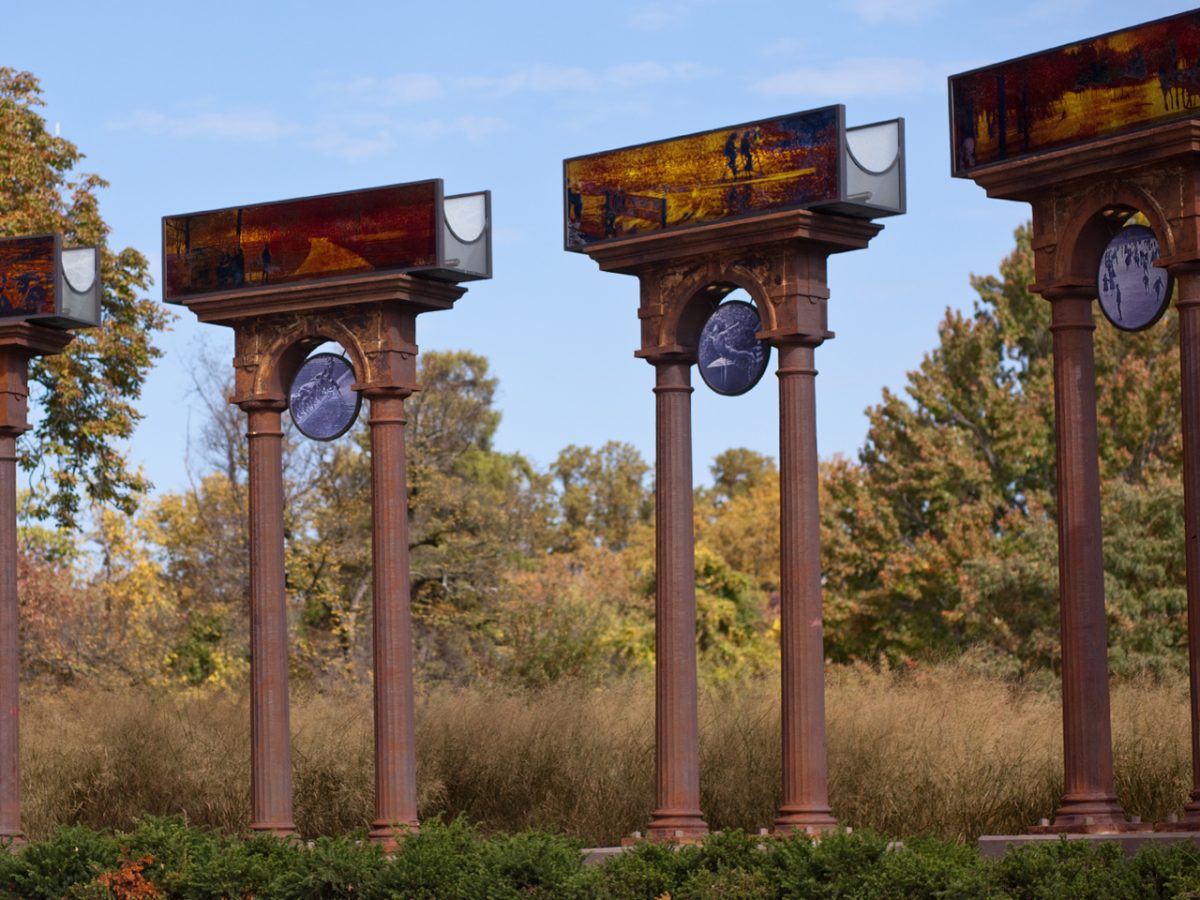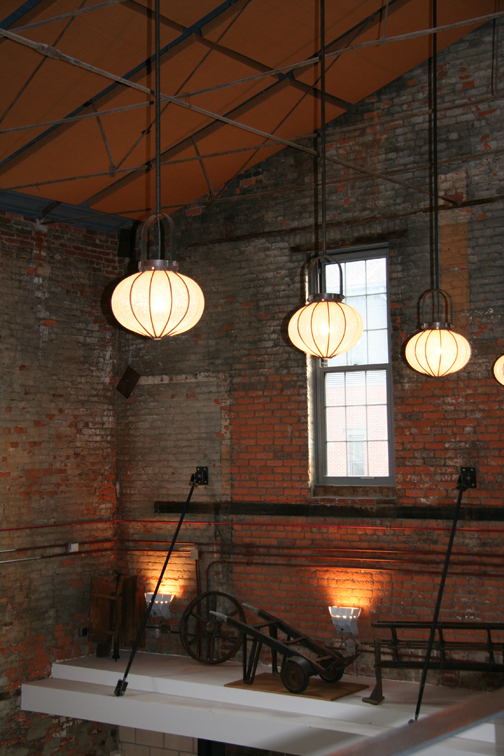John Gutierrez and David Miller were installing a custom railing for a three-story staircase when they realized the bronze handrail—the very final piece they had to put in place—was an eighth-inch too short. “Get rid of it. We’re doing it again,” Miller remembers Gutierrez saying.
It was 1995 and they were at the American Visionary Art Museum. The steel balustrade railing, with S-shaped steel pickets that they bent on-site, was the first big metalworking project assigned to Gutierrez Studios, the company he founded four years prior. He wanted to get it right. “It was that intense commitment to quality that I think earned this company everything that it has,” Miller says.
When Gutierrez died of cancer at the age of 45 in 2010, he left behind a business built on hard work and craftsmanship, and a community of artists and friends who valued his passion and warmth.
“He had an immensely generous spirit about whatever it was—to tell you the truth, to let you into his world, to make you feel like you were the most important thing. Those are the things that he’s left behind,” says Roya Golpira, his long-time partner. She now heads Gutierrez Studios and says of the decision to continue after his death that, “It wasn’t a choice for me. I loved this place and I loved what we had created.”
Gutierrez and Golpira were high school sweethearts. When he was accepted to Rochester Institute of Technology to study furniture design, she moved with him to upstate New York. When Gutierrez Studios moved to Clipper Mill in October 2004 and Clipper Park Road was torn up from construction, Golpira helped unload trucks on Parkdale Avenue. “It was his vision, but I was there all along. I had the privilege of being there from the beginning,” she says.
